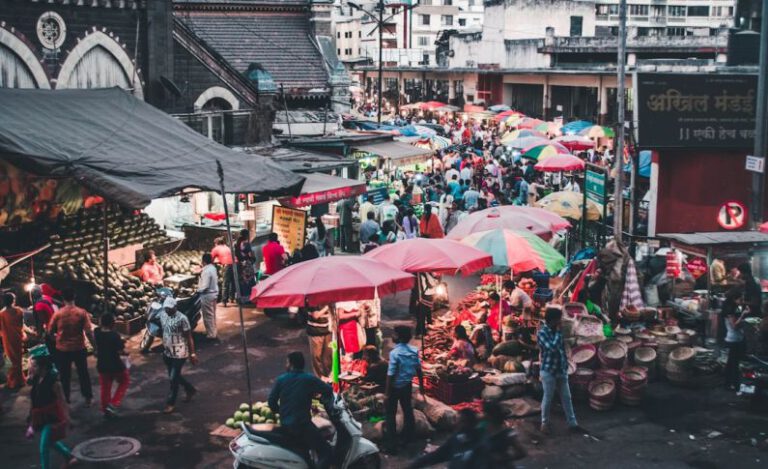Navigating Social Etiquette in Latin America
Social norms and etiquette play a crucial role in every society, dictating how individuals interact and behave in various social settings. In Latin America, a region known for its vibrant culture and warm hospitality, navigating social etiquette can be both enriching and challenging for visitors. Understanding the unwritten rules and customs can help travelers foster positive relationships and avoid unintentional cultural faux pas. Let’s delve into the intricate world of social etiquette in Latin America.
The Importance of Personal Connections
Latin American societies place a strong emphasis on personal relationships and connections. Building trust and rapport with individuals is key to successful interactions in this region. Whether in a business meeting or a social gathering, taking the time to establish a personal connection before delving into the main topic of discussion is highly valued. Small talk, such as inquiring about someone’s well-being or showing genuine interest in their family, is a common way to initiate conversations and build rapport.
Embracing Warmth and Affection
Latin Americans are known for their warmth and affectionate nature. It is customary to greet acquaintances with a hug or a kiss on the cheek, even in formal settings. This physical expression of warmth is a way to show friendliness and establish a connection with others. Visitors to Latin America should be prepared to embrace this cultural norm and reciprocate the gestures of affection when meeting new people.
Respecting Hierarchical Structures
Hierarchy plays a significant role in Latin American societies, particularly in business and social settings. It is essential to show respect towards authority figures and older individuals, as age and status are valued in this region. When addressing someone of higher rank or position, using formal titles and showing deference is considered polite. Additionally, decisions are often made by consensus in Latin American cultures, with input from all members of a group being valued.
Dining Etiquette and Hospitality
Food plays a central role in Latin American culture, and dining etiquette is an important aspect of social interactions. When invited to a meal in Latin America, guests are expected to arrive on time and show appreciation for the host’s hospitality. Table manners are important, and it is customary to wait for the host to start eating before beginning a meal. Complimenting the food and expressing gratitude for the meal are gestures that are greatly appreciated.
Celebrating Traditions and Festivities
Latin America is known for its vibrant celebrations and colorful traditions. Participating in local festivities and cultural events is a great way to immerse oneself in the rich tapestry of Latin American culture. Whether it’s joining in a traditional dance or sampling local cuisine during a festival, embracing the customs and traditions of the region can lead to memorable experiences and meaningful connections with the local community.
Adapting to Different Communication Styles
Communication styles in Latin America are often characterized by indirectness and non-verbal cues. It is common for individuals to use gestures, facial expressions, and tone of voice to convey meaning and emotions. Visitors should pay attention to these subtle cues and be mindful of the nuances in communication to avoid misunderstandings. Additionally, being patient and attentive during conversations is essential, as Latin Americans value meaningful dialogue and personal connections.
Navigating social etiquette in Latin America requires a blend of cultural awareness, respect for traditions, and adaptability to different social norms. By embracing the warmth and hospitality of the region, travelers can forge meaningful connections and create lasting memories. Remembering the importance of personal relationships, showing respect for hierarchical structures, and participating in local traditions are key elements to navigating social interactions successfully in Latin America. So, go ahead, immerse yourself in the vibrant tapestry of Latin American culture and embrace the nuances of social etiquette in this diverse and dynamic region.






